The Insurance Institute for Highway Safety tightened Its qualification criteria for Top Safety Pick Awards. The organization cited demand for better side crash protection and improved pedestrian detection systems as key reasons for making these changes.
The Insurance Institute for Highway Safety is known for constantly evolving its battery of vehicle safety tests to meet the changing needs of the automotive landscape. The IIHS has been testing vehicles for decades and has periodically adjusted its requirements to make its awards the most stringent in the industry. That includes a recent change in the way vehicles can qualify for the Top Safety and Top Safety Pick + awards.
Tougher Criteria Thins Out Field of Hopeful Contenders
When the IIHS did its testing last year, there were 101 winners with 65 of these winners qualifying for the Top Safety Pick + category. The changes for 2024 weeded out the field of contenders with only 48 vehicles getting the call to compete for an award. Out of that figure, 28 of them got the Top Safety Pick + Award while another 20 got the Top Safety Pick honor.
IIHS reps say that the biggest change for this year’s awards is that the old side impact test has been replaced with an updated version that was first used in 2021. This revised test uses a rig that hits the vehicle with 82% more energy which helps increase the amount of crash forces experienced by the vehicle.
To qualify for the default Safety Pick award a vehicle must get an Acceptable or Good rating in the test with the + award only being given when the latter rating is achieved.
The Safety Pick + regimen also gets a new nighttime vehicle-to-front-pedestrian crash prevention system test which joins the existing daytime version of the same test. Vehicles can qualify for the default Top Safety Pick award by getting an Advanced or Superior rating in the daytime test while the + award can only be given to vehicles that get an Advanced or Superior rating in both tests. The headlight tests have been tweaked as well with vehicles needing to have standard or good headlights standard to qualify for both awards.
More IIHS Stories
- Hyundai Motor Group, Toyota and Mazda Dominate as IIHS Names 22 Top Safety Picks
- Minivans Aren’t as Safe as You Might Think
- Full-Size Pickups Fail to Maximize Safety of Back Seat Passengers
What’s The Difference Between NHTSA and IIHS Testing?
With the National Highway Traffic Safety Administration (NHTSA) and the IIHS doing crash tests of new production vehicles, some potential car buyers might wonder what the difference is between the two. The answer is in the way that both organizations do their tests and what they are looking for.
The tests done by the NHTSA focus on traditional crash testing and apply a unified standard across multiple vehicle segments. The IIHS’s tests on the other hand are much tougher and put a stronger focus on key vehicle systems with safety systems being a key target for IIHS tests.
“The number of winners is smaller this year because we’re challenging automakers to build on the safety gains they’ve already achieved,” said IIHS President David Harkey. “These models are true standouts in both crashworthiness and crash prevention.
The addition of these enhanced standards is balanced out by the organization removing the roof strength, head restraint, and vehicle-to-vehicle crash prevention tests from its roster of items needed to qualify for both awards. IIHS reps said that progress by automakers in those categories eliminated the need for all three of these tests which allowed the organization to shift its focus to other types of vehicle tests.

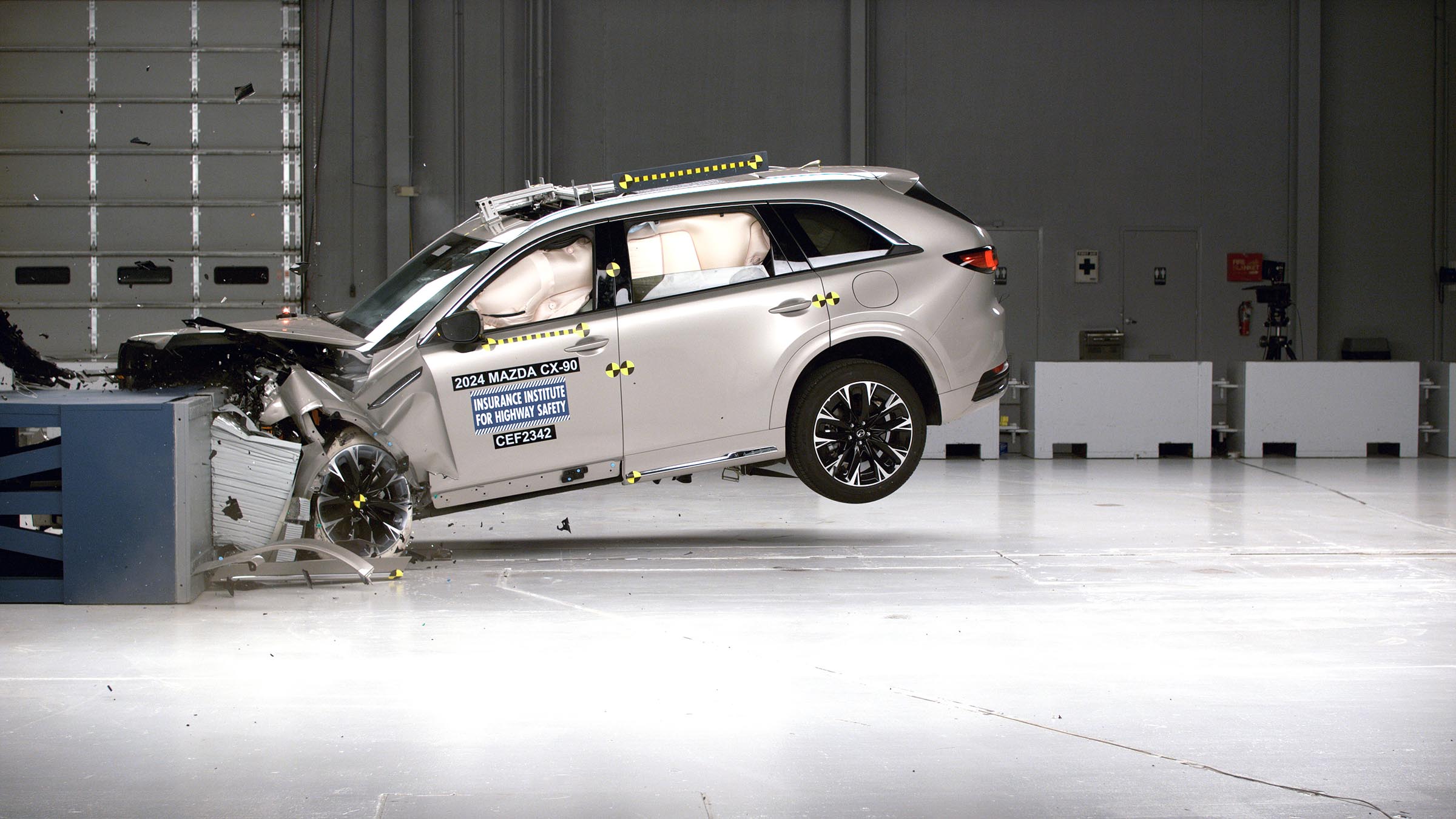
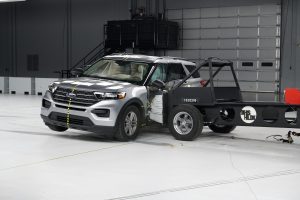
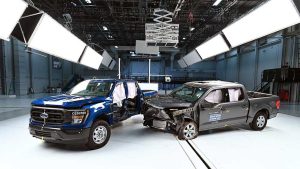



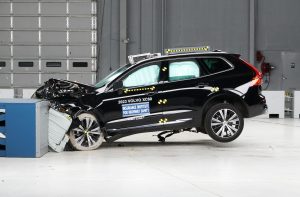
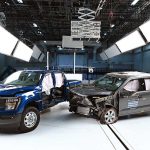

0 Comments